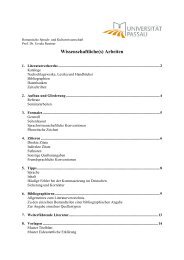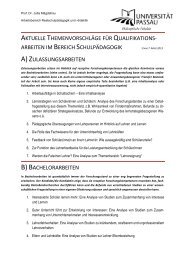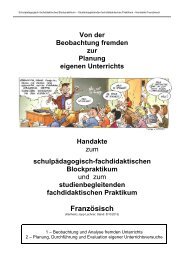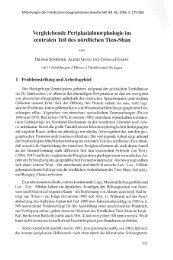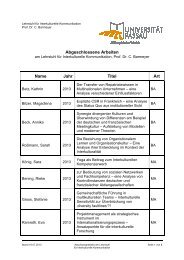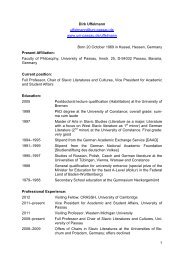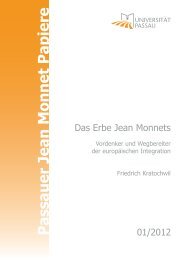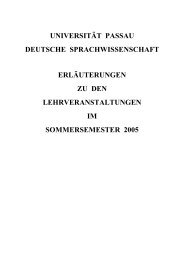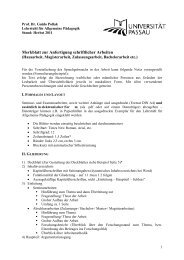The attempt to adopt a mixed-member proportional election system ...
The attempt to adopt a mixed-member proportional election system ...
The attempt to adopt a mixed-member proportional election system ...
You also want an ePaper? Increase the reach of your titles
YUMPU automatically turns print PDFs into web optimized ePapers that Google loves.
32<br />
MMP]” (ibid.). According <strong>to</strong> Krirkkiat, there were two main reasons for supporting<br />
the introduction of an MMP <strong>system</strong>. First, it was more democratic.<br />
If we use the <strong>proportional</strong> <strong>system</strong>, every vote will be included in the calculation<br />
of the number of MPs [for the political parties in the House]. <strong>The</strong><br />
MPs in the House will be representatives according <strong>to</strong> the intentions of the<br />
voters [as expressed in the vote <strong>to</strong>tals cast for the parties’ lists]. <strong>The</strong>refore,<br />
regarding the principle of democracy, this <strong>proportional</strong> <strong>election</strong> <strong>system</strong> is<br />
the best <strong>system</strong> that reflects the intentions of the voters. This point is the<br />
highlight of this <strong>system</strong>. (CDC 38:92)<br />
Second, a <strong>mixed</strong>-<strong>member</strong> <strong>proportional</strong> <strong>election</strong> <strong>system</strong> would prevent “parliamentary<br />
dicta<strong>to</strong>rship.”<br />
<strong>The</strong> <strong>proportional</strong> <strong>election</strong> <strong>system</strong> is a means <strong>to</strong> prevent political dicta<strong>to</strong>rship.<br />
It creates a balance between the political powers, because with this<br />
<strong>election</strong> <strong>system</strong>, political parties will have hardly any opportunity <strong>to</strong> win<br />
majorities and absolutely control the House, and form a single-party government.<br />
… We need a strong government <strong>to</strong> administer the country. But<br />
we do not need a dicta<strong>to</strong>rial government. (CDC 38:92) 41<br />
Similar <strong>to</strong> Woothisarn, Krirkkiat also argued that his <strong>system</strong> would not require much<br />
effort on the voters’ side in terms of learning. As in previous <strong>election</strong>s (2001, 2005,<br />
and in the 2006 poll that was subsequently annulled by the Constitutional Court), the<br />
voters would have received two ballots, one for the constituency candidate, and<br />
another for the party list. Indeed, the elec<strong>to</strong>ral procedure would have remained the<br />
same with the <strong>adopt</strong>ion of MMP. However, voters would most certainly have had<br />
problems understanding the outcome of the <strong>election</strong>s, such as an increase in MPs by<br />
the Democrats, and a decrease of MPs by TRT. For example, in the chart on the next<br />
page, the outcome of the 2005 <strong>election</strong>s, as <strong>proportional</strong>ly recalculated, looks quite<br />
different from the actual <strong>election</strong> result (the details depend on which <strong>proportional</strong><br />
formula is used).<br />
Given that even many <strong>member</strong>s of CDC and the CDA had tremendous problems<br />
understanding the logic of MMP, one cannot help but wonder how the Election<br />
Commission of Thailand would have dealt with the task of explaining the new <strong>election</strong><br />
<strong>system</strong> <strong>to</strong> the average voter. Certainly, this task would have been made more<br />
complicated by the fact that the constituency candidates would also have occupied the<br />
first positions on the party lists, “while those who do not stand as constituency MPs<br />
must come at the end of the list” (CDC 38:96). Many voters would probably have




